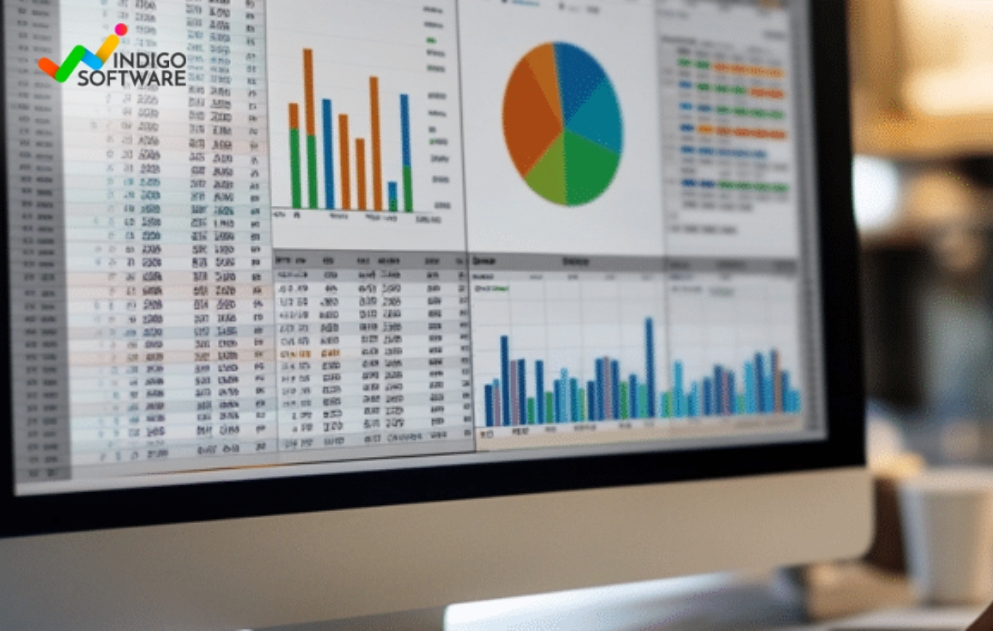For years, Microsoft Excel has been the go-to tool for data entry, analysis, and reporting. But with the arrival of Excel 2025, users can expect much more than just updated functions or better formatting. This new version is all about intelligence not just artificial intelligence, but smarter design, faster workflows, and more powerful insights.
Excel is no longer just a spreadsheet application. It’s evolving into a decision-making engine, fueled by AI and built to empower everyone from analysts to everyday users. If you're ready to upgrade your data game, it's time to take a closer look at what Excel 2025 brings to the table.
What’s New in Excel 2025?
Microsoft has packed Excel 2025 with AI-driven enhancements that go beyond standard charts and formulas. At the heart of this upgrade is a major push toward automation and predictive analysis.
With new tools that can automatically detect trends, highlight anomalies, and recommend data transformations, Excel is becoming less about manual input and more about guided exploration.
Some of the most anticipated features include:
- Natural language queries: Ask Excel to “show quarterly sales growth by region” and get an instant, formatted chart.
- Smart data cleaning: AI-powered tools can detect inconsistencies and duplicates with minimal user input.
- Predictive modeling: Excel can now generate forecasts using built-in machine learning templates.
- Dynamic summaries: AI creates real-time executive dashboards from raw data.
These features make Excel more accessible for those without a data science background, while still offering deep control for power users.
The Rise of Intelligent Spreadsheets
We’ve entered the age of intelligent spreadsheets. No longer static grids of numbers, Excel workbooks in 2025 adapt and learn from your data patterns. Whether you're tracking expenses, managing inventory, or analyzing survey results, the software can assist you every step of the way.
One standout capability is Excel’s integration with cloud-based datasets. You can now pull real-time stock prices, financial indexes, weather patterns, and more, all without leaving your workbook.
Combine this with improved connectors to databases and APIs, and Excel becomes a true command center for data operations.
AI and Excel Automation
Excel automation is not new, but the 2025 edition takes it several steps further. Instead of creating lengthy macros or VBA scripts, users can now leverage AI-assisted flows. These flows suggest actions based on your habits, such as automatically sorting new data, applying formatting, or generating weekly reports.
Even repetitive formulas can be replaced with AI-driven insights. For example, if Excel sees you're often comparing sales trends, it may prompt you with a smart visual or suggest a PivotTable layout that you haven’t yet considered.
Automation also works in sync with Power Automate, enabling cross-platform workflows that connect Excel to Teams, Outlook, and third-party tools.
Unlocking Deeper Data Insights
Of course, none of this matters if you can’t extract value from your data. Thankfully, Excel 2025’s focus on data insights is game-changing. The new “Insight Assistant” provides guided analysis, highlighting key performance drivers or unusual changes in your metrics.
You can compare year-over-year trends, detect seasonal patterns, or even predict outcomes based on historical data all within the same spreadsheet.
For organizations managing large amounts of data, this means faster decisions, fewer errors, and better forecasting models. Whether you're preparing for a board meeting or trying to optimize operations, Excel has become more of a strategic partner than a static tool.
Seamless Integration with Windows 11
To take full advantage of Excel 2025’s capabilities, a modern and secure operating system is key. Many businesses are making the switch through the windows 11 professional download, which pairs seamlessly with the latest Office suite.
With enhanced multitasking, virtual desktops, and deep integration with cloud tools, Windows 11 Pro creates the ideal environment for high-performance Excel workbooks. It also brings added security features like BitLocker, remote desktop access, and Windows Hello, helping safeguard your data while you analyze it.
Together, Excel 2025 and Windows 11 make for a powerhouse combination that elevates productivity and protects business continuity.
Real-World Use Cases
How will these new features play out in real offices and teams? Here are a few examples:
- Finance teams: Instantly forecast cash flow, visualize budget variances, and receive alerts for potential overspending.
- Sales managers: Automatically generate sales performance dashboards, map customer trends, and evaluate territory performance.
- Operations leaders: Detect supply chain bottlenecks, track delivery performance, and optimize inventory in real time.
- Marketing analysts: Segment customer data, analyze campaign ROI, and generate presentation-ready charts in minutes.
The scope of use is vast, and Excel is more responsive to those needs than ever before.
Final Thoughts
Excel 2025 marks a major leap forward in business intelligence. By embracing AI and automation, Microsoft is transforming how individuals and teams interact with data. From intelligent spreadsheets to real-time data insights, the future of Excel lies in helping users make smarter decisions with less effort.
Whether you're a veteran user or just getting started, now is the time to rethink how Excel fits into your workflow. With the right tools and mindset, Excel 2025 could become one of your most powerful assets in a data-driven world.




(1).png.jpg)

Comments